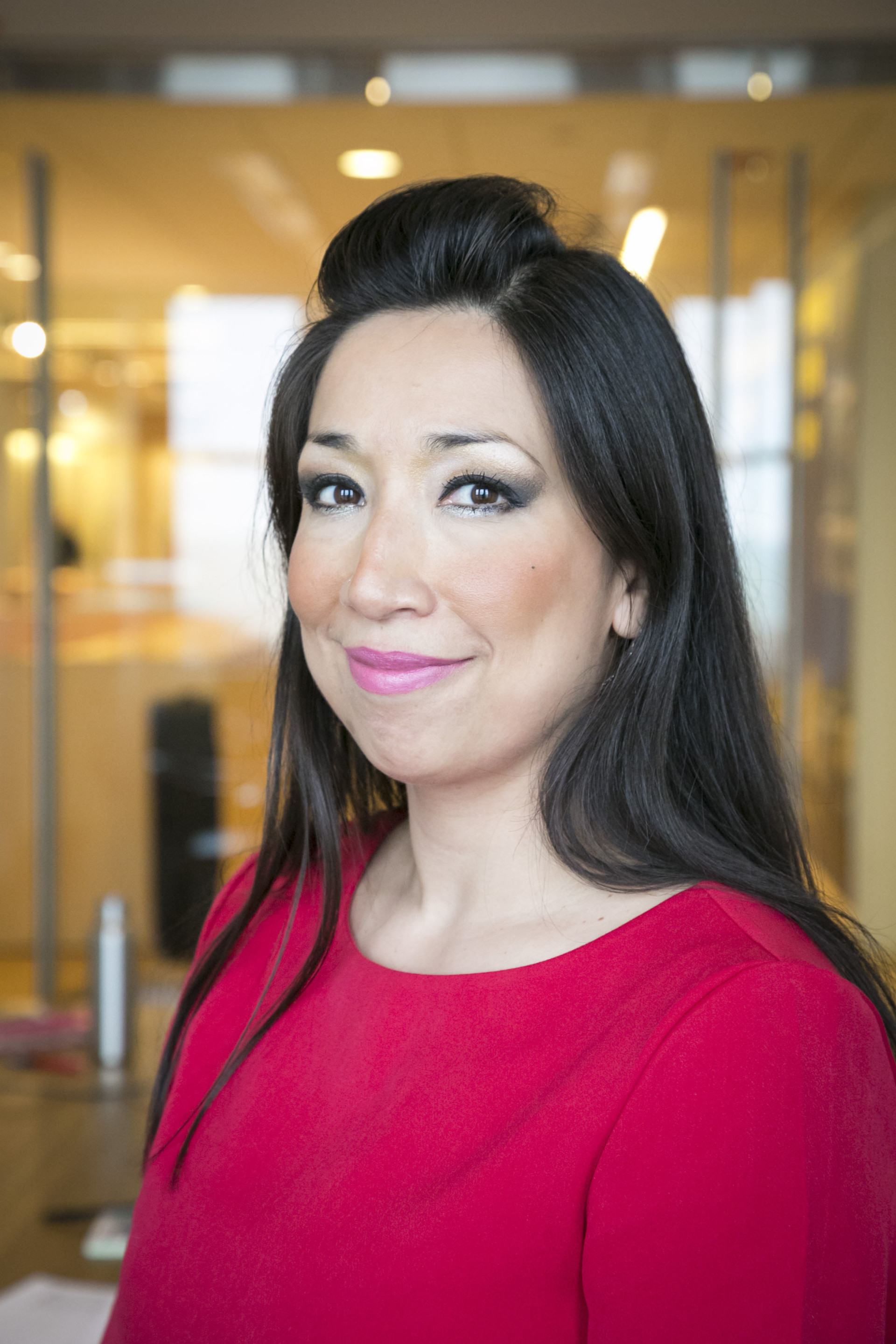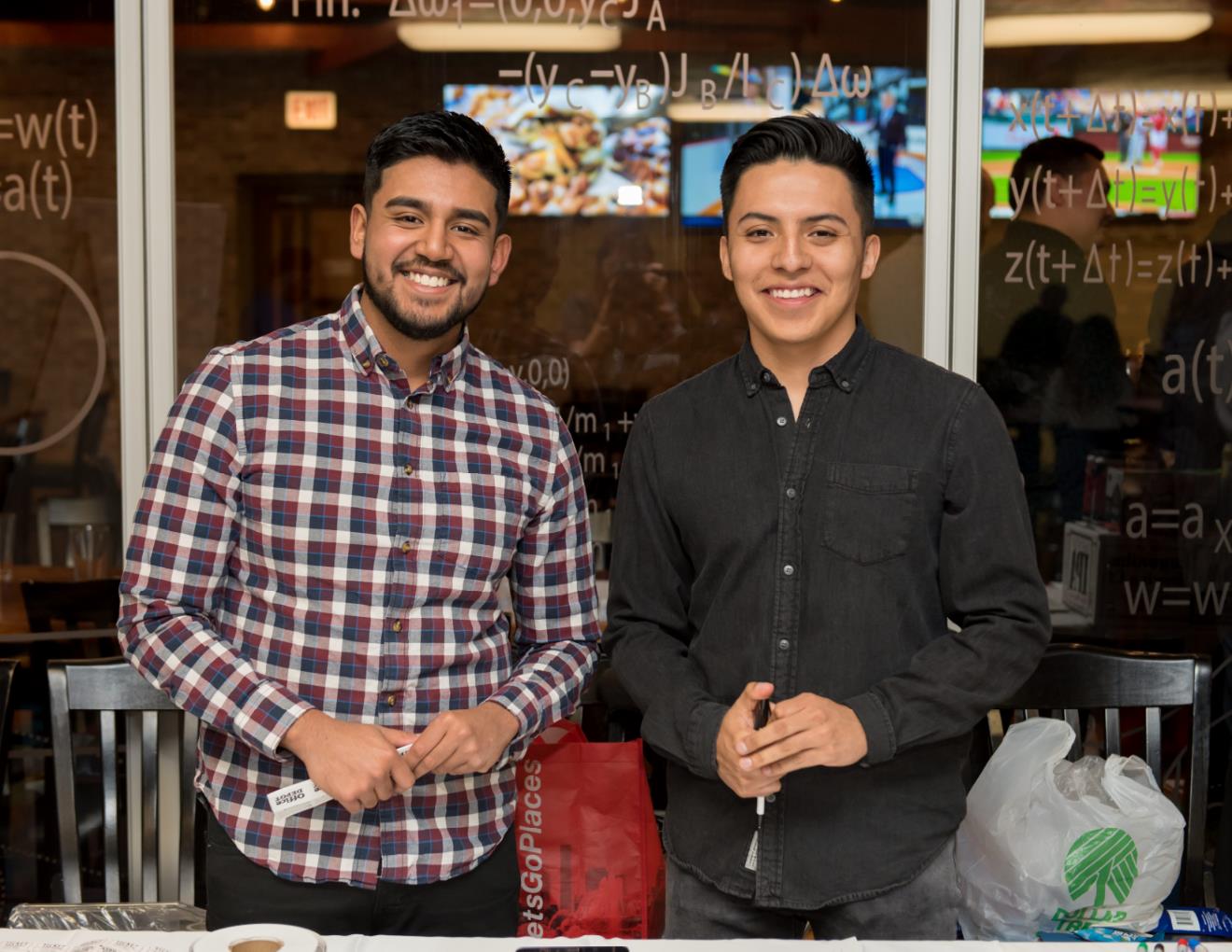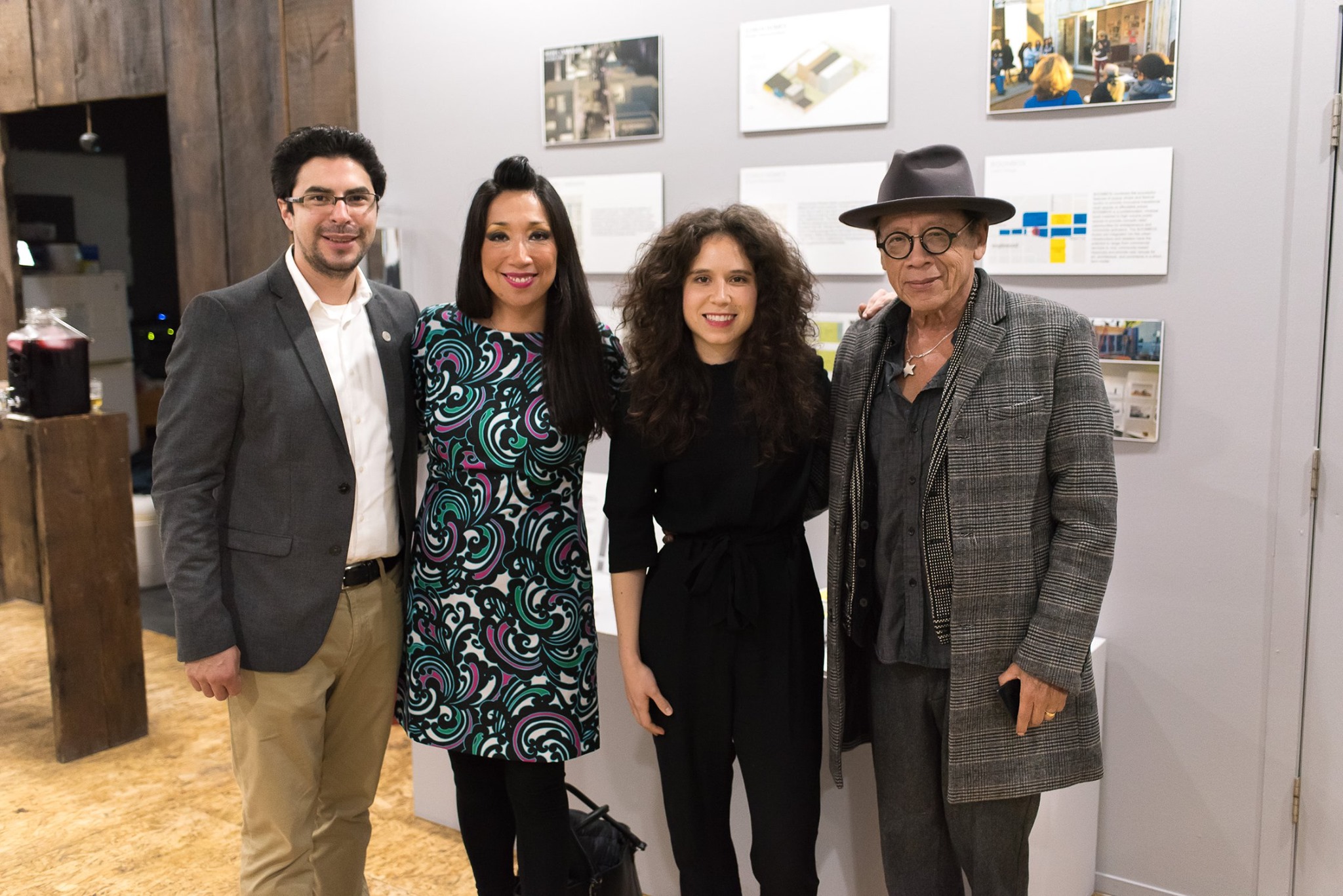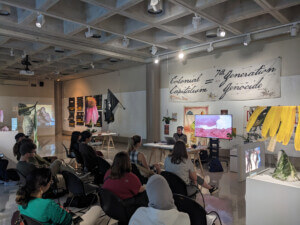In May, Ingedia Sanchez succeeded Emilio Padilla to become the president of Arquitectos, a Chicago-based association of Latinx architects. Sanchez arrived in the role during a momentous month in United States history. The country had just endured its first surge in COVID-19 cases, and protests following the killing of George Floyd burst across the country after Memorial Day. Subsequent conversations about racial and ethnic justice underscored the importance of organizations like Arquitectos in creating not only a more equitable culture for the field but also in making sure that the profession stays meaningfully connected with the needs of the country’s diverse population.
According to NCARB’s 2020 demographics report, just 3 percent of those who have completed core licensure requirements are “Hispanic or Latino” while currently available United States census data says that 18.5 percent of the country’s population is “Hispanic or Latino,” and NCARB data didn’t report any Black “Hispanic or Latino” people among those who have completed core licensure requirements. (The words Hispanic and Latino are broad and sometimes unpopular because they group together people of many races and national backgrounds in ways that can obscure racism and inequities between those populations; some people also prefer the gender neutral words Latinx and Latine to Latino.)
Though this year reinforced Arquitectos’s importance, it has also forced change. The pandemic has precluded many in-person community-building and fundraising events, and Sanchez has had to help the group adapt to an unpredictable year. A shift to a digital paradigm, though, has also connected the group to professionals across the nation, now just one click away from participating in virtual lectures and workshops. Jack Balderrama Morley, AN’s managing editor, talked to Sanchez about the continued importance of Arquitectos and what may lie ahead.

AN: A lot of readers may not be familiar with Arquitectos. Could you describe how Arquitectos began?
Ingedia Sanchez: Arquitectos was founded around 1990 by a small group of Hispanic professionals that included architects, engineers, and contractors. Their goal was to become a valuable resource for Latino and Latina architects, offering opportunities for career and professional development that they didn’t feel was being addressed by the wider architectural community at the time. The organization is still a powerful resource today especially with social issues and lack of representation in architecture within today’s socio-cultural context.
When did you first get involved with Arquitectos?
I first got involved with Arquitectos when I started working in Chicago. I attended the general body meeting, and the annual bowling fundraiser through an invite from a friend in the industry. At the event, I was approached by the president at that time, Ed Torrez, AIA, to become involved. When I became an active member, I began attending events and coordinating the proposal letter to SOM to sponsor scholarship fundraising. Being that I was a student who relied on scholarships for college, I was glad to help coordinate the request to the SOM leadership for the sponsorship.
What are you excited about working on as president of the group?
I am excited about introducing Arquitectos to a wider audience this year. Students and professionals have reached out to me recently to learn more about us because they identify with our members culturally. We are an inclusive group that is already multicultural within the Hispanic community, and it’s great to share this with nonmembers. I’m also eager to expand our organization into areas where an organization such as ours is needed and to make alliances with organizations that are similar to ours and have the same mission within the larger architectural community.
I’m also excited about getting members connected and engaged with the community. I am working with a group of determined individuals who want to really provide meaningful services and will address social justice by design and representation. Providing a network and leadership to university students is huge. They are coming up in the profession and need support during their academic careers. We’re engaging our student chapters to support their events, and we are providing professional development services that will lead them to licensure.
Why are the student chapters of Arquitectos so important?
They are our future. The reason why Arquitectos exists is because of the lack of diversity and opportunities for Latinos within the wider architectural community. Many of us were students seeking professional mentorship while we were in school. While we are primarily a professional organization, we have student members among us. We continue reaching out to students dreaming to make an impact on our built world, just like we did and still continue to do.

What do you think are the biggest challenges the group might face next year?
The group faces the challenge of sustaining quality services. We are still a very grassroots organization. We lack grant funding and additional administrative support to coordinate the work of getting seminars and learning sessions off the ground. We are lacking consistent revenue to fund our organization, and we rely heavily on donations and fundraising events. We need grant funding. This would allow us to sustain our services, and hire a part-time staff person to help us communicate with other organizations, conduct needed research, and assist us with various administrative services. Right now, we take on all of the organization’s tasks in addition to our daily personal and professional project work.
What is the group planning for the Arqui-talks series?
The next seminar will be a series of project presentations from our members. We will highlight Arquitectos’s members’ projects, especially those projects that have had a significant community impact. From this series, we hope to prompt discussions with the community. We plan to continue collaboration with the City of Chicago to understand requirements for development so we can bring community members and the city government together to create the biggest impact to improve these communities.
This is an ongoing conversation from our 2019 Chicago Biennial exhibit: Chicago Zoning: partner or adversary? ¿socio o contrario. There, we interviewed small business owners, artists, and homeowners in the Pilsen area. We are beginning to understand the issues and the needs of that neighborhood.

Could you talk more about the group’s involvement with the Chicago Biennial?
This is the second time we’ve been invited to participate, and we were eager to represent our community once again. Our exhibit was a launching pad for a larger discussion that looked to bring awareness to the struggles that continue to create barriers instead of opening doors to small business owners, home buyers, and young professionals. Our exhibit grew into a full-blown gallery exhibit featuring leaders from all of Chicago, including architects, aldermen, zoning attorneys, small business owners, social workers, and community leaders. The hope was to bring all of those people into the same space so that the public could understand the disparate challenges, and, at the same time, all of the potential solutions surrounding the Chicago Zoning Code, which continues to hinder the occupancy flexibility of Chicago’s zoning districts with decades-old language and modes of thinking. With the Chicago building code having been recently modified to keep up with the rest of the world, why can’t our zoning code do the same, especially to serve all of our struggling communities on the South and West Sides?
We chose to exhibit on the South Side because we wanted the influence of the biennial to reach further than the loop. All of the larger exhibits took place at the Old Chicago Library. While the library itself is a fantastic venue, not everyone frequents the Loop on a regular basis. Since our program centered around modifying the Chicago zoning code for the benefit of small businesses and homeowners on the South and West Sides, we were eager to partner with a gallery whose mission was in lockstep with ours.
Arquitectos is based in Chicago, but are there any plans to expand to a national level?
As president of the organization, one of my ambitious goals during my term is to expand the organization to different cities in the United States and beyond. In addition to that, Arquitectos can make alliances across the country and beyond to organizations within the architectural community that have similar missions. Especially now, with everything online during the pandemic, people are reaching out to us to get involved and are asking how they can support what we are doing for the architectural community.
How can people in Chicago or elsewhere get involved with Arquitectos?
People interested in joining our organization are more than welcome. We are always looking for eager students and professionals looking to become involved in and take leadership roles on our larger missions. While we’re learning how to shift our programming, there is plenty happening behind the scenes: scholarships, mentor programs, professional advocacy, webinars, fundraising, etc. Visit arquitectosinc.org.










